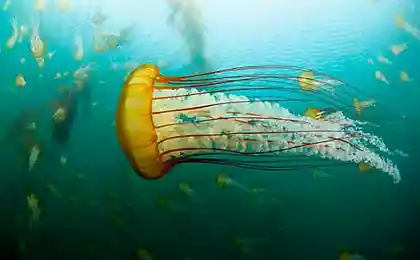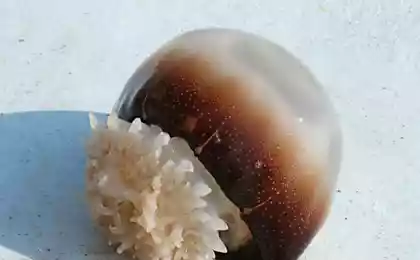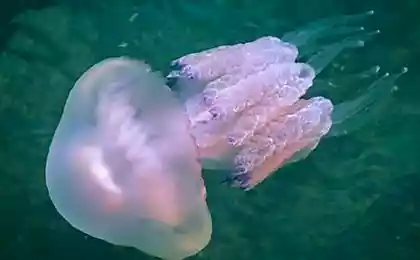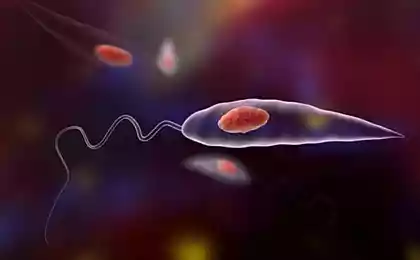529
Reproduction of jellyfish threatens ecological troubles
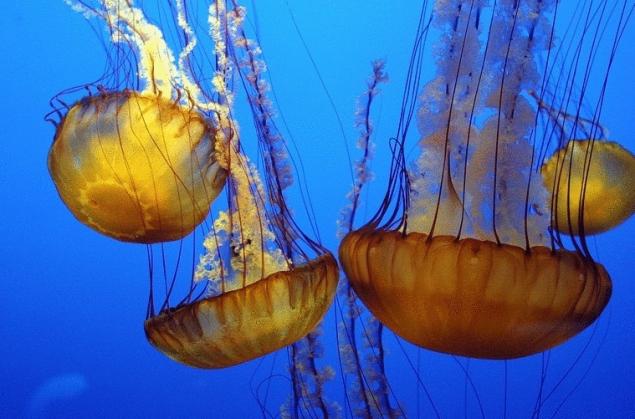
According to environmentalists, to reduce the numbers of jellyfish, you must first wean their larvae to settle on concrete, plastic, iron and other materials that build oil rigs, ships and port facilities.
The rapid multiplication of jellyfish not only spoil the holiday at the seaside, but also faces serious environmental problems: scientists believe that jellyfish Deplete ecosystems, literally throwing the nutrients away. Jellyfish in General feel good, and frequent periods of rapid reproduction of these animals is very concerned biologists. Attempts to explain the reasons of intensive reproduction are built usually on the ecology of the adult jellyfish, that is researchers try to understand factors that, for example, help these beings to hunt or to avoid predators.
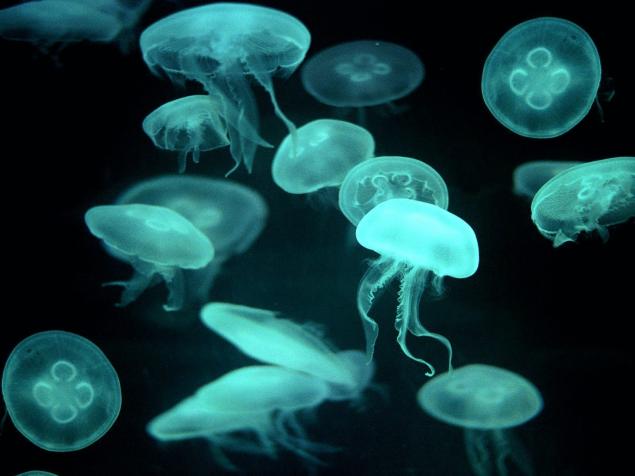
But scientists from the University of Western Australia came to the conclusion that its success jellyfish due to the fact that immature, polypoidy stage of these coelenterates are surprisingly well adapted to the neighborhood with a man. One of the stages of development the larva settles on the surface and becomes a polyp, which then gives rise to the adult jellyfish. It turned out that the surface of a variety of structures suitable for the development of polyps as well as possible. We are talking about the piers, ports, quays, oil rigs, farms for breeding shellfish and fish, etc. the Researchers tested several types of materials, which sit polyps, including natural (such as the shells of mollusks) and artificial (concrete, brick, plastic). On the subject of polyps environmentalists inspected docks, piers and pontoons almost all over the world, from Japan to the UK.
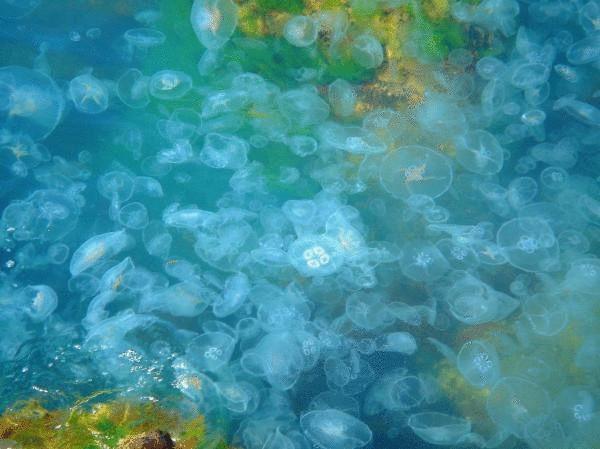
Naturally, the polyps have their own preferences, and some surfaces can be like them more and some less. But, as the scientists write in the journal Frontiers in Ecology and the Environment, the density of polyps that settled on the surfaces, was particularly large: on average, more than 10 thousand individuals per square meter, and sometimes this value reaches 100 thousand individuals.
The person can be said to have created a very convenient nursery for jellyfish, which they were not slow to use. Obviously, if you set a goal to reduce the number of these animals, primarily the need to wean the larvae to settle on the coastal structures.
Source: /users/104



